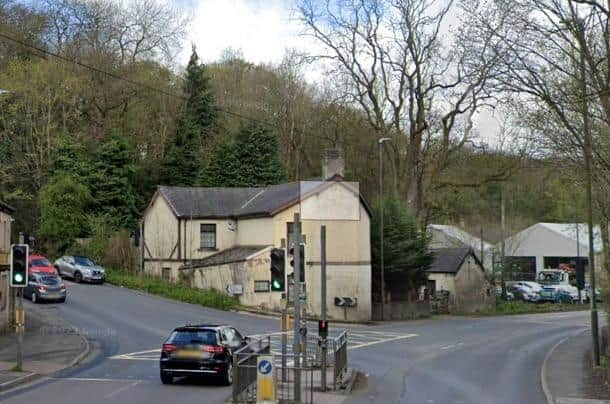Buxton motorists face possible new rules as council outlines air quality zone
and live on Freeview channel 276
High Peak Borough Council has already declared road areas at Tintwistle, near Hadfield, and road areas around Dinting Vale, at Glossop, as Air Quality Management Areas due to elevated levels of nitrogen dioxide from vehicles.
And it has now resolved that an area around Fairfield Road, at Buxton, will also become an Air Quality Management Area and it will be subject to an action plan setting out how the council will work towards improving air quality in this area.
Advertisement
Hide AdAdvertisement
Hide AdA council spokesperson stated: “it was reported that following an assessment of the air quality along part of the A6, Fairfield Road, it is necessary to declare an Air Quality Management Area.”


The Fairfield Road is part of the busy A6, connecting Buxton with Stockport and beyond to Greater Manchester.
An air quality assessment along part of the A6, Fairfield Road, has concluded that it is necessary to declare it an Air Quality Management Area due to recorded, elevated levels of nitrogen dioxide from vehicles.
This AQMA will encompass properties between the Alma Street, A6 Fairfield Road junction, and the Bridge Street and Bakewell and Fairfield Road junction, and a small section of Bridge Street on the approach to the Bridge Street, Bakewell Road and Fairfield Road junction.
Advertisement
Hide AdA council spokesperson added: “The declaration of the AQMA is required because levels of nitrogen dioxide have been found to exceed the National Air Quality Standard.
Advertisement
Hide Ad“Under these circumstances the council is obliged by the provisions of the Environment Act 1995 to declare an Air Quality Management Area.”
AQMAs aim to support communities by creating healthier, safer, cleaner areas, and they aim to protect and improve the environment as part of efforts to combat the effects of climate change.
It is believed the main sources of air pollution across the High Peak are emissions from road traffic and in particular nitrogen dioxide and particulate matter.
Advertisement
Hide AdThe highest road-side concentrations of these pollutants are found on roads with high traffic volumes and where traffic regularly queues, according to the council.
Once an AQMA has been declared, the local authority must publish a Local Air Quality Action Plan setting out how the authority intends to use the measures and powers available to work towards improving air quality within the AQMA.
Advertisement
Hide AdIn instances relating to traffic generated pollution, the powers are primarily available to other organisations, such as the Derbyshire County Council highways authority, rather than the borough council so any action plan will be developed with those bodies.
Transport action plan measures could include: The use of legislation and targeted enforcement to control air pollution; Changing road layouts or operations; Forming traffic plans to encourage alternative transport like cycling and public transport to reduce congestion and vehicle emissions; Encouraging wider behavioural changes regarding travel choices; Increasing awareness of the threats to air quality; And introducing more air quality monitoring.
Advertisement
Hide AdThe action plans for the AQMAs are currently under review, according to the High Peak Borough Council website, and updated plans – following work during the summer of 2023 – will be published at a later date.